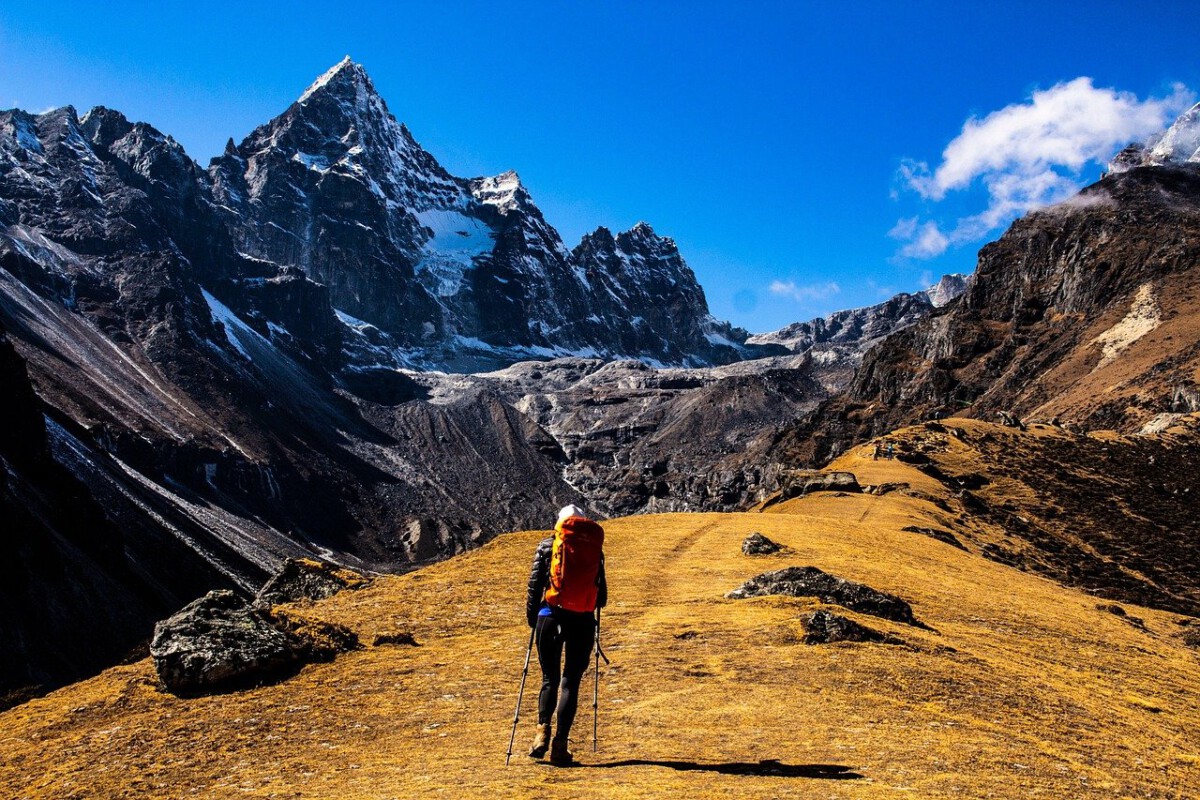1. Mount Everest, Nepal: The Deadly Allure of the World’s Tallest Peak
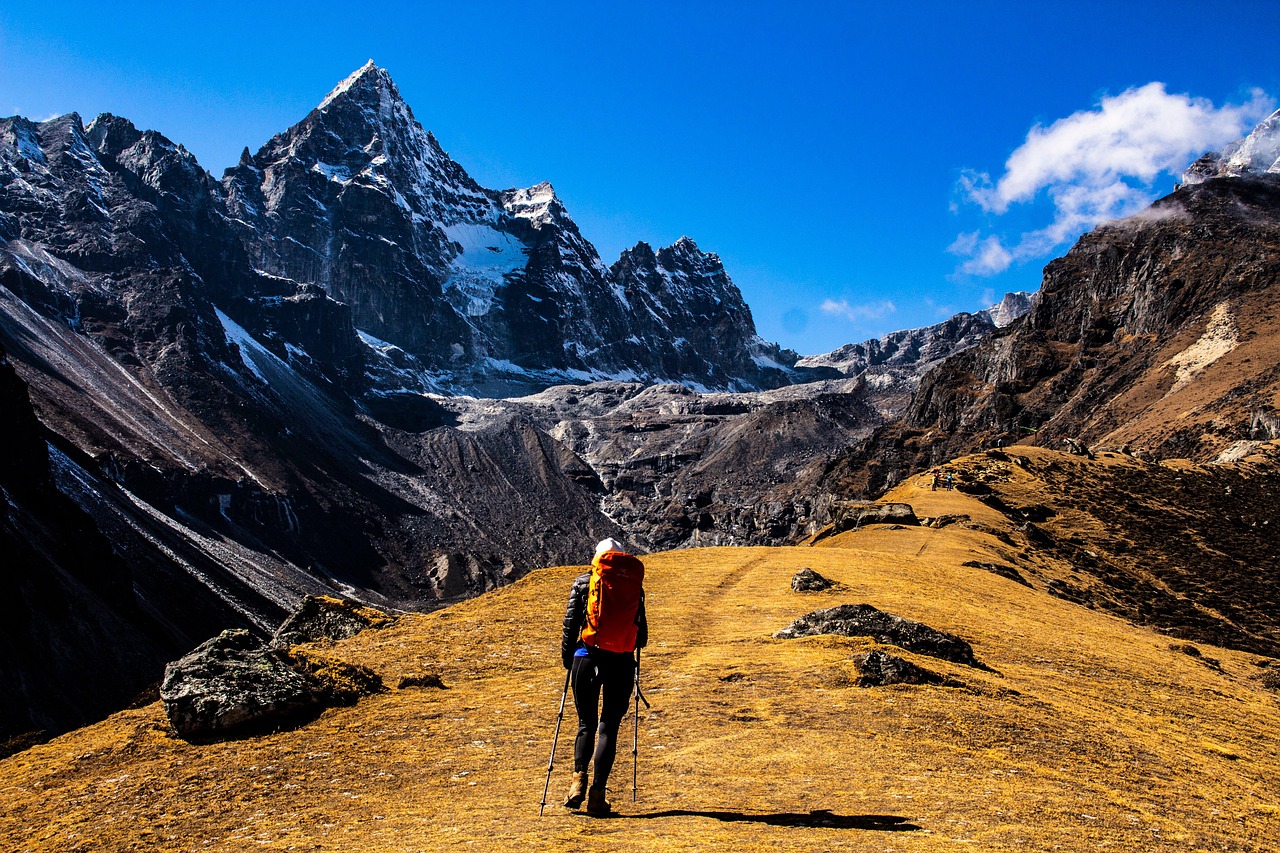
Every year, hundreds of thrill-seekers attempt to summit Mount Everest, despite the mountain’s deadly reputation. As of April 2025, the number of climber fatalities on Everest has reached 340, with at least 12 deaths already in the 2024 climbing season alone. Avalanches, sudden weather changes, and the infamous “death zone” (above 8,000 meters) make this ascent extremely hazardous. The overcrowding on the mountain has led to traffic jams at high altitude, causing delays that can be fatal due to depleted oxygen supplies. In 2023, a viral photo showed a line of over 200 climbers waiting near the summit, highlighting the risk of bottlenecks. Rescue operations remain limited and extremely difficult, often impossible above certain altitudes. Despite these dangers, Everest’s allure seems only to grow stronger, with record permit applications reported this year.
2. Acapulco, Mexico: Once Glamorous, Now a Hotspot for Violence

Acapulco was once the playground of Hollywood stars, but today it’s become one of the most violent cities in the world. According to Mexico’s National Public Security System, Acapulco reported a homicide rate of over 110 per 100,000 residents in 2024, placing it among the world’s deadliest cities. Drug cartel violence, extortion, and kidnappings have become increasingly frequent. In March 2024, a group of tourists was caught in crossfire during a gang shootout near the popular La Condesa beach. Despite the U.S. State Department issuing a “Do Not Travel” advisory, the city still attracts thousands of international tourists each year, drawn by cheap resorts and sunny weather. Many travelers remain unaware—or willfully ignorant—of the risks just beyond the hotel gates.
3. The Danakil Depression, Ethiopia: Earth’s Cruel Furnace

The Danakil Depression is one of the hottest and most hostile places on the planet, with average daily temperatures regularly exceeding 45°C (113°F). The region is located at the intersection of three tectonic plates, leading to frequent earthquakes and volcanic activity. In 2024, geologists recorded over a dozen significant tremors in the area, and the Dallol volcano has shown increased activity. Toxic gases such as sulfur dioxide and chlorine routinely emanate from the ground, posing severe respiratory risks. Despite these dangers, the alien landscape—marked by neon-green acid pools and salt flats—continues to draw adventurous tourists. Local guides have reported an uptick in visitors, even as the Ethiopian government issues repeated warnings about dehydration, heatstroke, and the absence of medical facilities.
4. Death Valley National Park, USA: The Scorching Trap
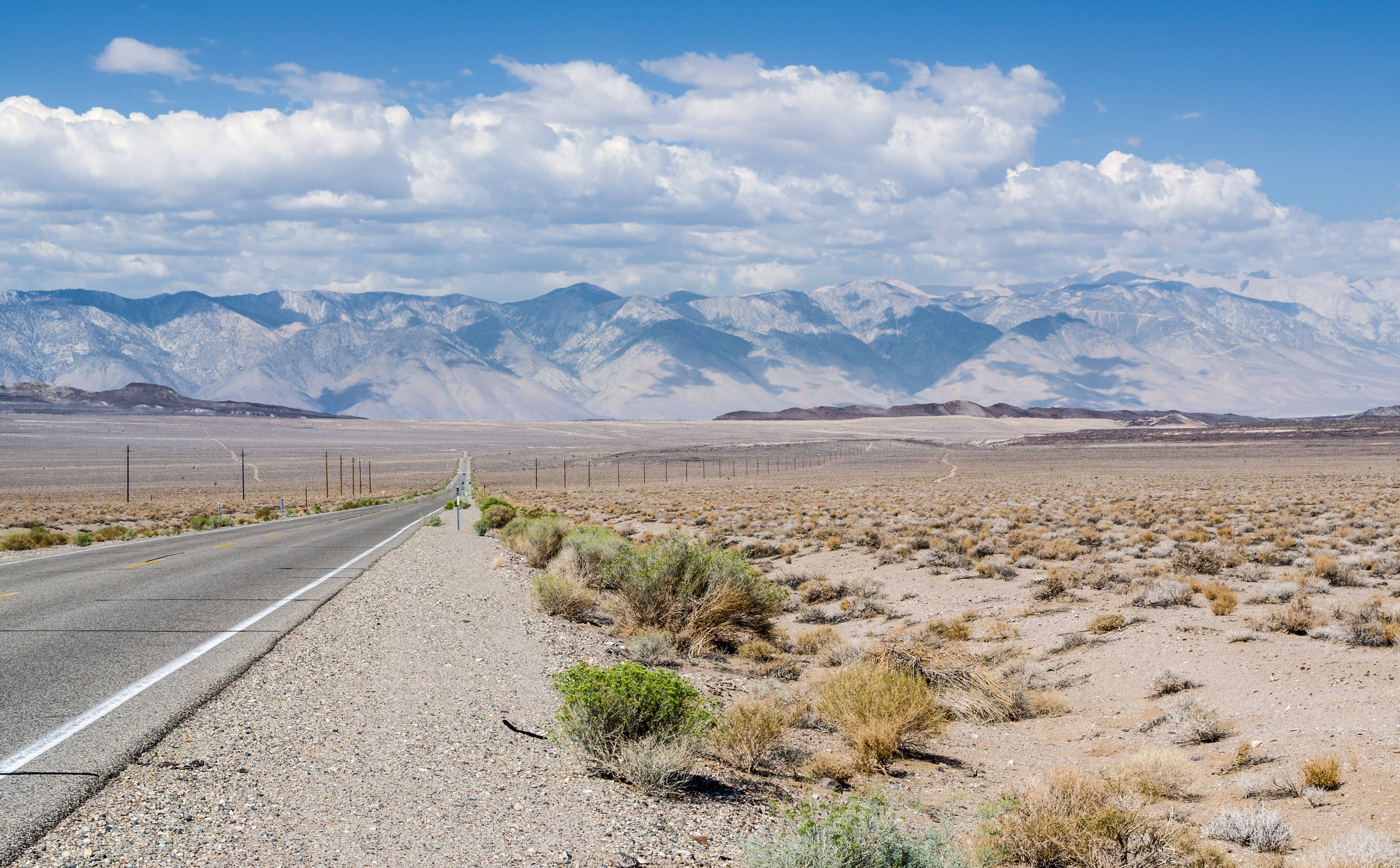
Death Valley holds the record for the highest air temperature ever recorded on Earth—56.7°C (134°F), and summer 2024 nearly broke this record with several days topping 54°C (129°F). Fatalities from heatstroke and dehydration are reported every summer. In July 2024, two French tourists died after their car broke down on a remote road, unable to get help in time. Park rangers have responded to dozens of rescue calls from hikers and motorists who underestimated the heat. Hydration stations have been added at trailheads, but many visitors ignore warnings, lured by the unique landscapes of Badwater Basin and Zabriskie Point. Cell phone service is patchy, and car breakdowns can quickly turn fatal in the extreme environment.
5. Rio de Janeiro, Brazil: Beauty and the Beast of Urban Danger
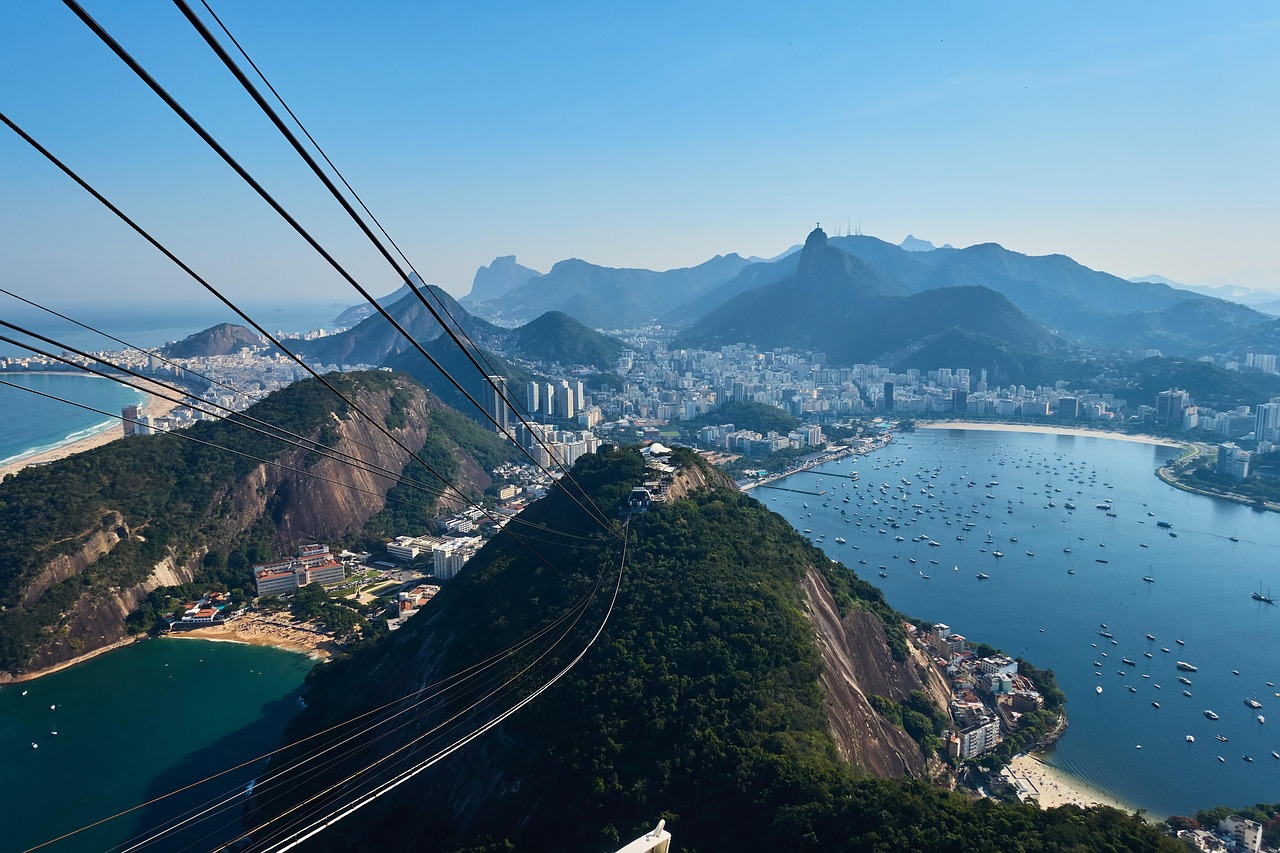
Rio de Janeiro’s breathtaking landscapes and vibrant culture mask a daily reality of violence and crime. As of February 2025, official police statistics show a 7% rise in street robberies compared to 2023, with over 22,000 cases reported citywide. Tourists are especially targeted in areas like Copacabana and Lapa, where armed muggings are common. In October 2024, a British couple was assaulted near Sugarloaf Mountain, sparking renewed warnings. The city’s favelas remain off-limits, with frequent police raids and gang shootouts. Yet, the city continues to welcome millions of international visitors annually, many drawn by Carnival and the promise of sun-soaked beaches. Safety advice is widely available, but the temptation of adventure often outweighs caution.
6. The Chernobyl Exclusion Zone, Ukraine: Radiation Tourism on the Rise

Despite lingering radioactive contamination, the Chernobyl Exclusion Zone has seen a boom in tourism, especially following the success of the 2019 HBO miniseries. In 2024, over 60,000 tourists visited the site, a 15% increase over the previous year. Background radiation levels remain dangerously high in certain areas, with some “hot spots” exceeding 25 microsieverts per hour—more than 100 times normal background radiation. Tourists are warned not to touch vegetation or structures, but many ignore these rules for selfies. The ongoing conflict in Ukraine has added new threats, with reports of unexploded ordnance and military activity near the zone. Still, the eerie allure of Pripyat’s abandoned amusement park and the haunting silence keep drawing visitors from around the globe.
7. Kashmir, India: Beauty Amid Conflict
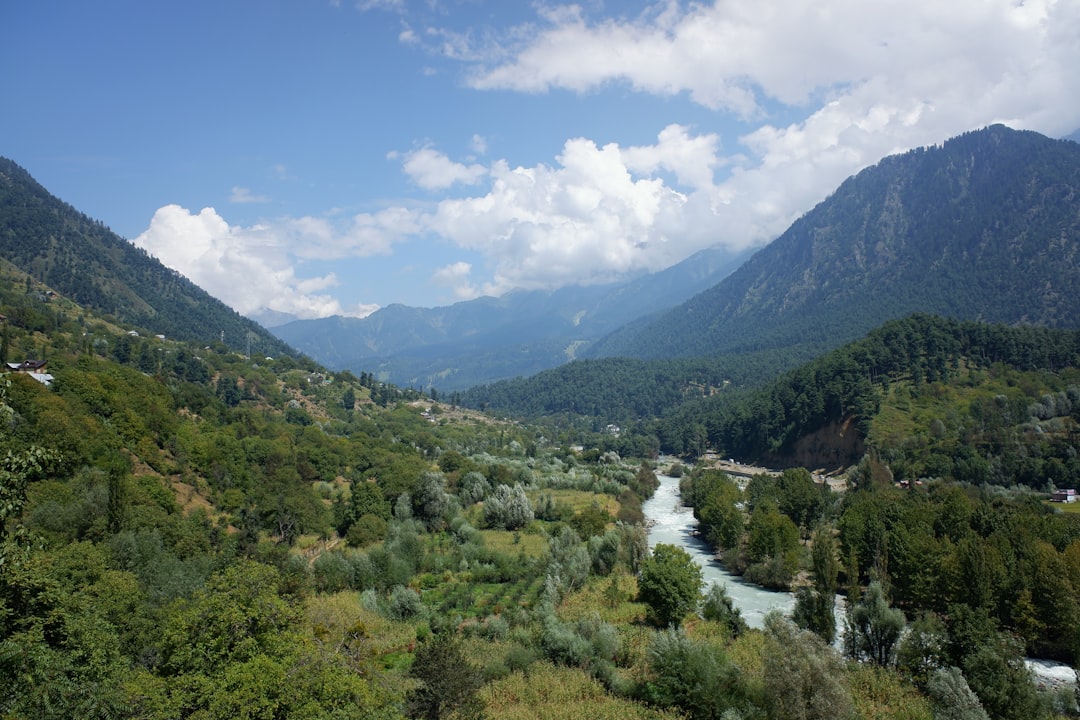
Kashmir’s snow-capped peaks and serene lakes belie a region scarred by decades of armed conflict. In 2024, Indian government figures recorded over 300 incidents of violence, including cross-border shelling and terrorist attacks. In April 2025, a bus carrying tourists was attacked near Srinagar, injuring several. The region is heavily militarized, with security checkpoints at every turn. Foreign governments regularly update travel advisories warning of the high risk of kidnapping, especially near the Line of Control. Nonetheless, Kashmir’s spectacular scenery and burgeoning adventure tourism industry—offering trekking, skiing, and houseboat stays—continue to attract thousands, many undeterred by the risks.
8. The Cliffs of Moher, Ireland: Danger at the Edge
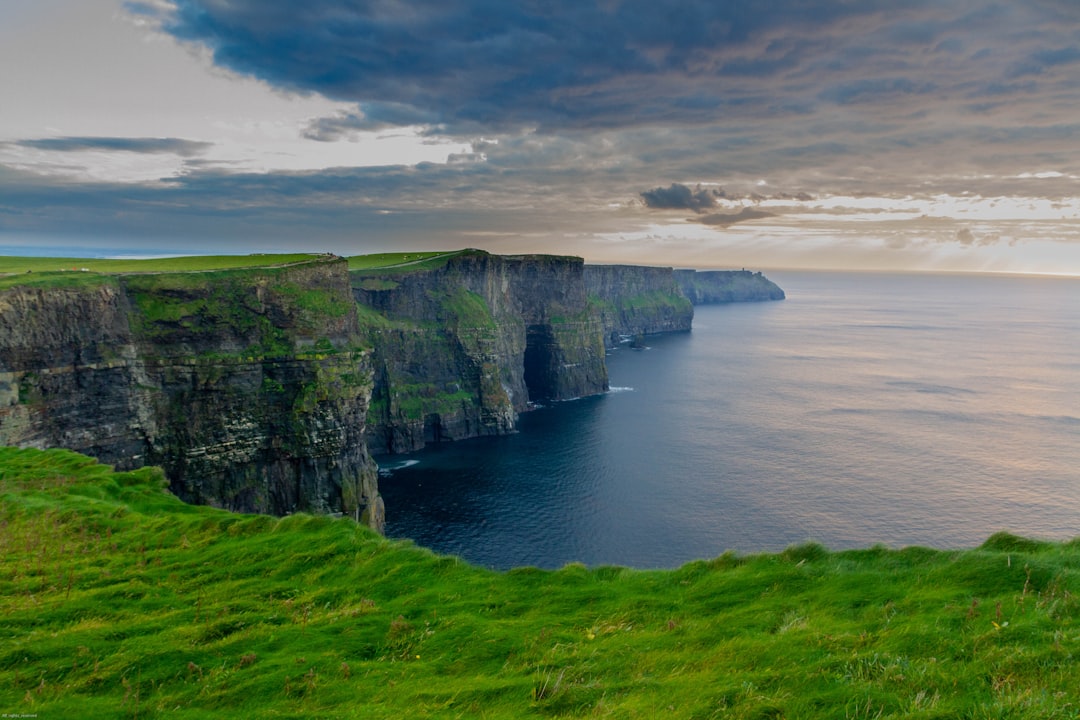
The Cliffs of Moher, with their dramatic 214-meter drop into the Atlantic, are among Ireland’s most visited natural attractions, drawing over 1.6 million tourists in 2024. Despite fencing and warning signs, accidents are frequent—four fatalities were recorded in the past year alone, often the result of selfies or venturing too close to the edge. Strong winds and sudden weather changes can catch even experienced hikers off guard. Emergency services report multiple rescues each month, with incidents peaking during the busy summer season. The cliffs’ popularity on social media has encouraged risky behavior, leading authorities to launch new awareness campaigns aimed at reducing accidents.
9. Victoria Falls, Zambia/Zimbabwe: The Perilous Devil’s Pool
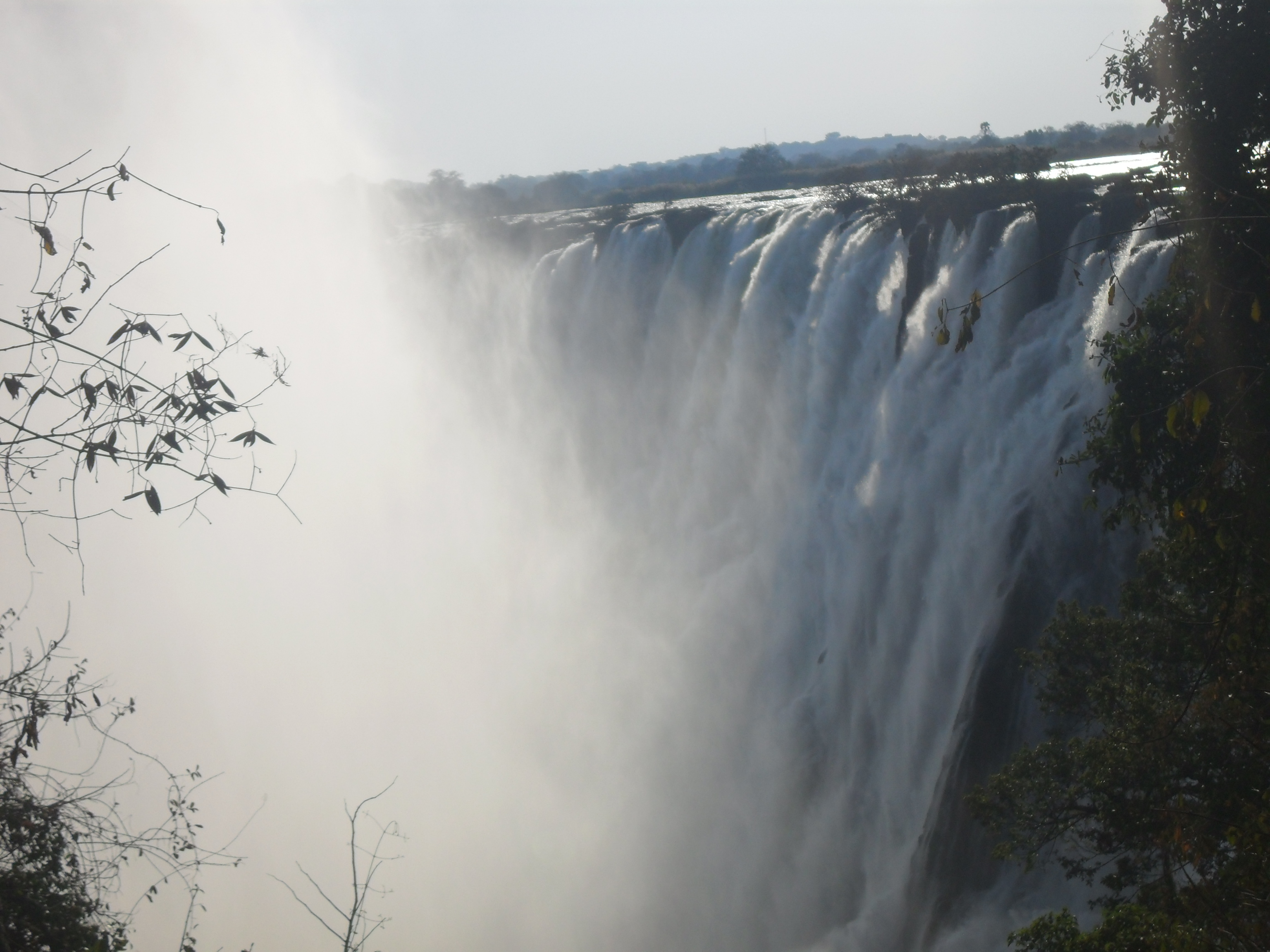
Victoria Falls, one of the world’s greatest natural wonders, straddles the border of Zambia and Zimbabwe and attracts over a million visitors annually. The Devil’s Pool, a natural rock pool at the edge of the falls, has become infamous for its adrenaline-inducing views. In 2024, at least two tourists lost their lives after slipping over the edge, according to local rescue teams. The pool is accessible only during the dry season and under the supervision of guides, but strong currents and slippery rocks remain a constant threat. Despite the risks, social media is flooded with photos of visitors peering over the precipice, fueling the site’s popularity. Local authorities have increased safety patrols but warn that the danger cannot be eliminated entirely.
10. Phuket, Thailand: The Perils of Paradise
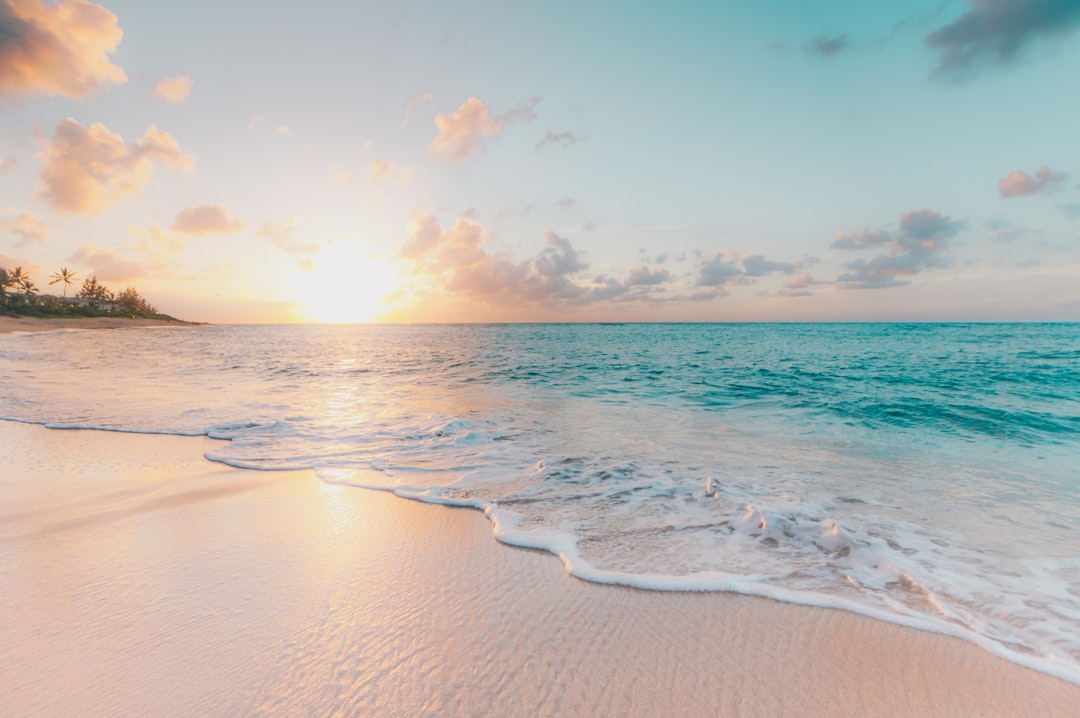
Phuket’s stunning beaches and lively nightlife make it a top destination, welcoming over 9 million visitors in 2024. However, the island has seen a worrying rise in tourist deaths, particularly from drowning and road accidents. According to the Thai Ministry of Tourism, at least 30 foreigners drowned on Phuket’s beaches in 2024, many caught by powerful rip currents flagged with red warning signs. Motorbike accidents are another major hazard, with an average of three tourist fatalities per week reported last year. Alcohol-fueled parties and a lax attitude toward safety gear contribute to the problem. Despite repeated warnings, many tourists underestimate the risks, drawn by the promise of sun and fun in this tropical paradise.

